
Eleven Shavuot Facts Every Jew Should Know
The holiday of Shavuot is a two-day holiday, beginning at sundown of the 5th of Sivan and lasting until nightfall of the 7th of Sivan. (In Israel it is a one-day holiday, ending at nightfall of the 6th of Sivan.) Every year on Shavuot we renew our acceptance of the Torah, and G?d “re-gives” it to us anew.
Here are 11 things you should know about Shavuot:
1. The festival has five names.
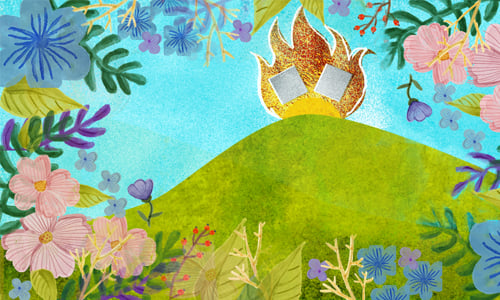
- Shavuot—The word Shavuot means “weeks.” It marks the completion of the seven-week Omer counting period between Passover and Shavuot.
- Yom HaBikkurim—“The day of First Fruits.” Shavuot is also the celebration of the wheat harvest and the ripening of the first fruits, which is the reason for this name as well as the following one.
- Chag HaKatzir—the “Harvest Festival.”
- Atzeret—In the Talmud, Shavuot is also called Atzeret, which means “The Stoppage,” a reference to the prohibition against work on this holiday.
- Zeman Matan Torahteinu—In the holiday prayer service, we refer to it as the “Time of the Giving of Our Torah.”
Learn more about the names of Shavuot.
2. Women and girls light candles to usher in the holiday on both of its evenings.

Candles are kindled on most Jewish holidays of biblical origin. They are: Rosh Hashanah, Yom Kippur, Sukkot, Shemini Atzeret, Passover (first and last days) and Shavuot. (Holiday candles are not lit on Chanukah or Purim.)
Holiday candle-lighting follows a procedure similar to that of the Shabbat candle lighting.
The basic difference between the two is that while it is forbidden to create a flame on a holiday, it is permitted to light a candle using a pre-existing flame, such as another candle that was kindled before the holiday, a gas range which has been left on, or a pilot flame. Note that it is also forbidden to extinguish a flame on the holiday, so make sure you have a place to put down the candle or match that you used to kindle your holiday candles.
Read more about the holiday candle-lighting procedure here.
3. It is customary to stay up and learn Torah on the first night of Shavuot.

The Midrash relates that on the night before the giving of the Torah, the Jewish people did what anybody does before an important event—they turned in early for a good night’s sleep. This seemingly innocent decision, however, led to embarrassing consequences. The next morning, when it came time for the Torah to be given, the place was empty. The entire Jewish people had slept in. The Midrash even recounts that Moses had to wake them—causing G?d to later lament, “Why have I come and no one is here to receive Me?”
In order to rectify our forefathers’ mistake, we stay up late every Shavuot night to show that our enthusiasm isn’t lacking at all.
Learn more about staying up on Shavuot night.
4. All men, women and children should hear the reading of the Ten Commandments on the first day of Shavuot.
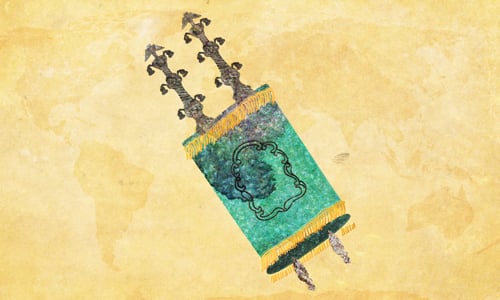
The holiday of Shavuot is the day on which we celebrate the great revelation of the giving of the Torah at Mount Sinai, more than 3,300 years ago. You stood at the foot of the mountain. Your grandparents and great-grandparents before them. The souls of all Jews, from all times, came together to hear the Ten Commandments from G?d Himself.
Since we all stood at Mount Sinai, we must all reaffirm our commitment. Babies, young children, the elderly, all that are able, should attend Torah reading on the first day of Shavuot.
Click here to find a synagogue closest to you.
5. Children play a special role in this holiday.
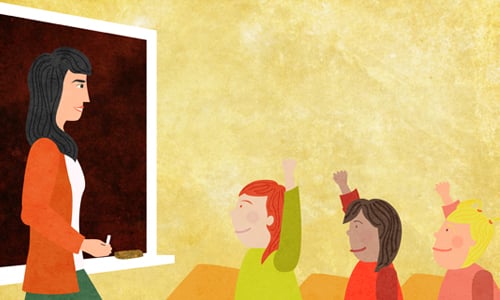
Before G?d gave the Torah to the Jewish people, He demanded guarantors. The Jews made a number of suggestions, all rejected by G?d, until they declared, “Our children will be our guarantors that we will cherish and observe the Torah.” G?d immediately accepted them and agreed to give the Torah.
There is therefore special significance to bringing children, even the youngest of infants, to hear the Ten Commandments.
Let us make sure to bring along all our “guarantors” to the synagogue on the first day of Shavuot.
Click here for the Shavuot Kids Zone.
6. As on other holidays, special meals are eaten, and no “work” may be performed.
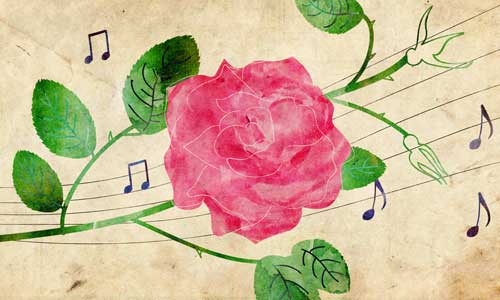
Just as there are sacred places, portals in space through which a certain transcendence shines, so too there are sacred times, luminescent points in the yearly cycle, times when we are lifted beyond time, far above the mundane world and all its cares.
Shabbat is the day on which the weekly cycle transcends itself. Then there is Yom Tov, literally “a good day”; each Yom Tov is the highest point in the year in its particular way, with its particular meaning, message and flavor.
On these days, the Torah prohibits work. At a sacred time, work or any involvement in the mundanities of the week will subvert that sacredness and block its light. But “work” is defined somewhat differently for Yom Tov than it is for Shabbat.
Read more on how we “rest” on Jewish holidays here.
7. It is customary to eat dairy foods on Shavuot.
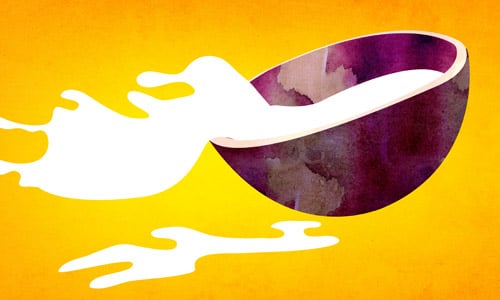
There are a number of reasons for this custom. Here are a few:
- On the holiday of Shavuot, a two-loaf bread offering was brought in the Temple. To commemorate this, we eat two meals on Shavuot—first a dairy meal, and then, after a short break, we eat the traditional holiday meat meal. Learn more about waiting between dairy and meat.
- With the giving of the Torah, the Jews became obligated to observe the kosher laws. As the Torah was given on Shabbat, no cattle could be slaughtered nor could utensils be koshered, and thus on that day they ate dairy. Read more about the koshering process.
- The Torah is likened to nourishing milk. Also, the Hebrew word for milk is chalav, and when the numerical values of each of the letters in the word chalav are added together—8 + 30 + 2—the total is 40. Forty is the number of days Moses spent on Mount Sinai when receiving the Torah. Read more about what happened when Moses was up on Sinai.
- When Moses ascended Mount Sinai, the angels urged G?d to reconsider His decision to give His most precious Torah to earthly beings. “Bestow Your majesty upon the heavens . . . What is man that You should remember him, and the son of man that You should be mindful of him?” (Psalms 8:5–7) One of the reasons why the angels’ request went unheeded is because of the Jews’ meticulous adherence to the laws of the Torah—including the kosher laws. Not so the angels, who when visiting Abrahamconsumed butter and milk together with meat (Genesis 18:8). On Shavuot we therefore eat dairy products and then take a break before eating meat—in order to demonstrate our commitment to this mitzvah. Read more about whether Abraham served the angels non-kosher food.
Read more reasons for eating dairy on Shavuot here.
8. On the second day of Shavuot, the Yizkor memorial service is recited.

Yizkor, a special memorial prayer for the departed, is recited in the synagogue four times a year, following the Torah reading on the last day of Passover, on the second day of Shavuot, on Shemini Atzeret and on Yom Kippur.
9. Three famous Jewish personalities have a special connection to Shavuot.
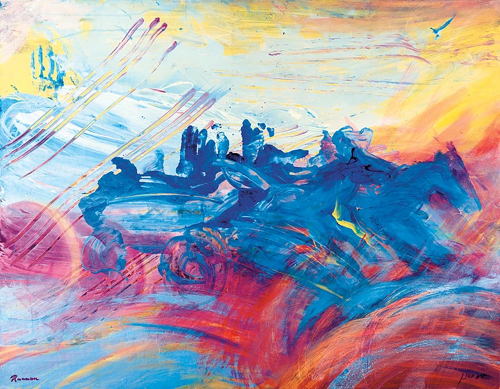
- Moses—he received the Torah from G?d at Mount Sinai on this day.
- King David—the second Jewish king passed away on this day.
- The Baal Shem Tov—the founder of the chassidic movement also passed away on this day.
Learn more about these personalities and their connection to one another.
10. Some communities read the Book of Ruth.
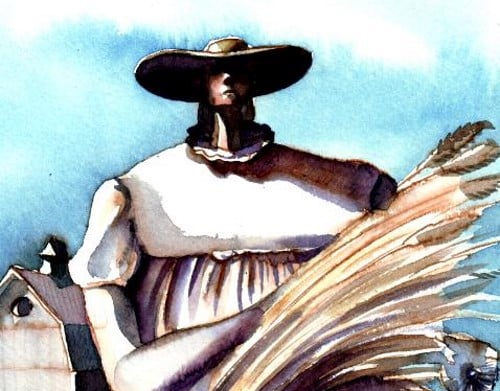
King David—whose passing occurred on this day—was a descendant of Ruth the Moabite. It is therefore customary in some communities to read the book of Ruth in the synagogue.
11. Some have the custom to decorate their homes and synagogues with flowers and sweet-smelling plants in advance of Shavuot.

Many reasons are given for this custom. Here are a few:
- G?d warned the Jews at Sinai that “the sheep and the cattle shall not graze facing that mountain [Sinai].” Now, the Torah was given in a desert. This indicates that a miracle occurred, temporarily turning that area into fertile land with an abundance of greenery. In commemoration of this miracle, it became the custom to celebrate the holiday of Shavuot with greenery.
- Expounding on the verse “His cheeks are as a bed of spices, as banks of sweet herbs; his lips are lilies dripping with flowing myrrh” (Song of Songs 5:13), the Talmud explains that “from each and every utterance [of the Ten Commandments] that emerged from the mouth of the Holy One, Blessed be He, the entire world was filled with fragrant spices.” Accordingly, on Shavuot we decorate with fragrant flowers and greenery.
- The Mishnah states that on the holiday of Shavuot, G?d judges the earth and determines the abundance of the fruits of the trees for the coming year. Therefore, trees are placed in the synagogue to remind us to pray for the trees and their fruits.
Source: Chabad.org